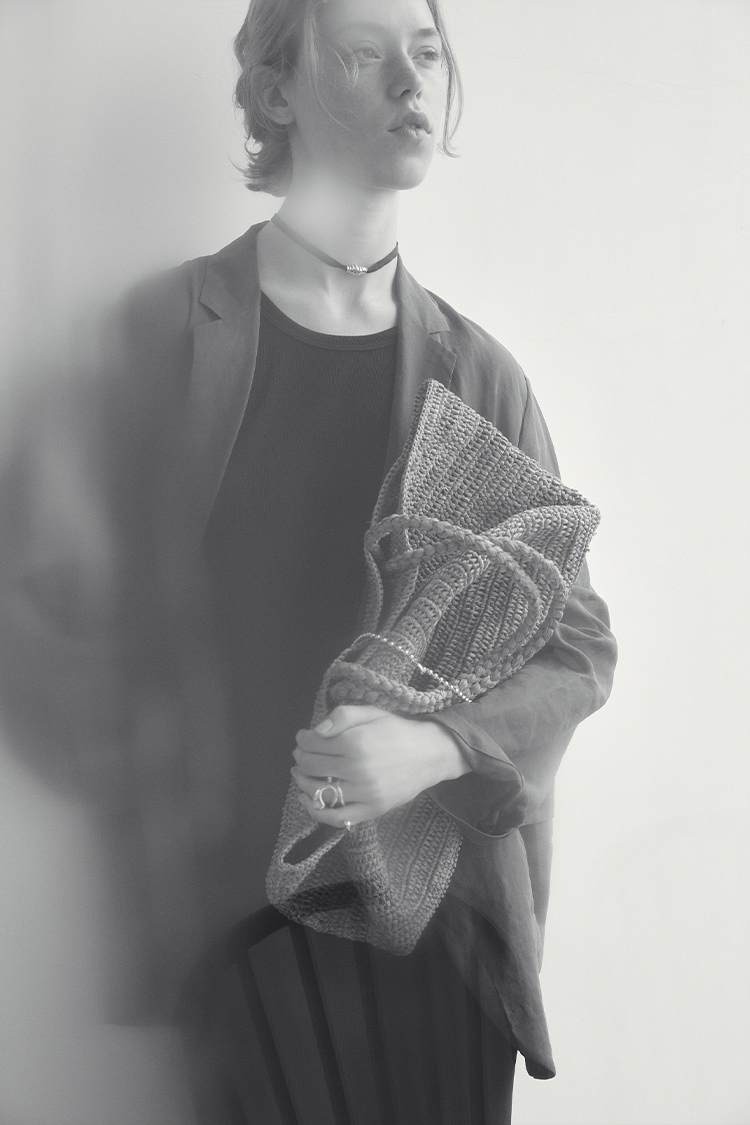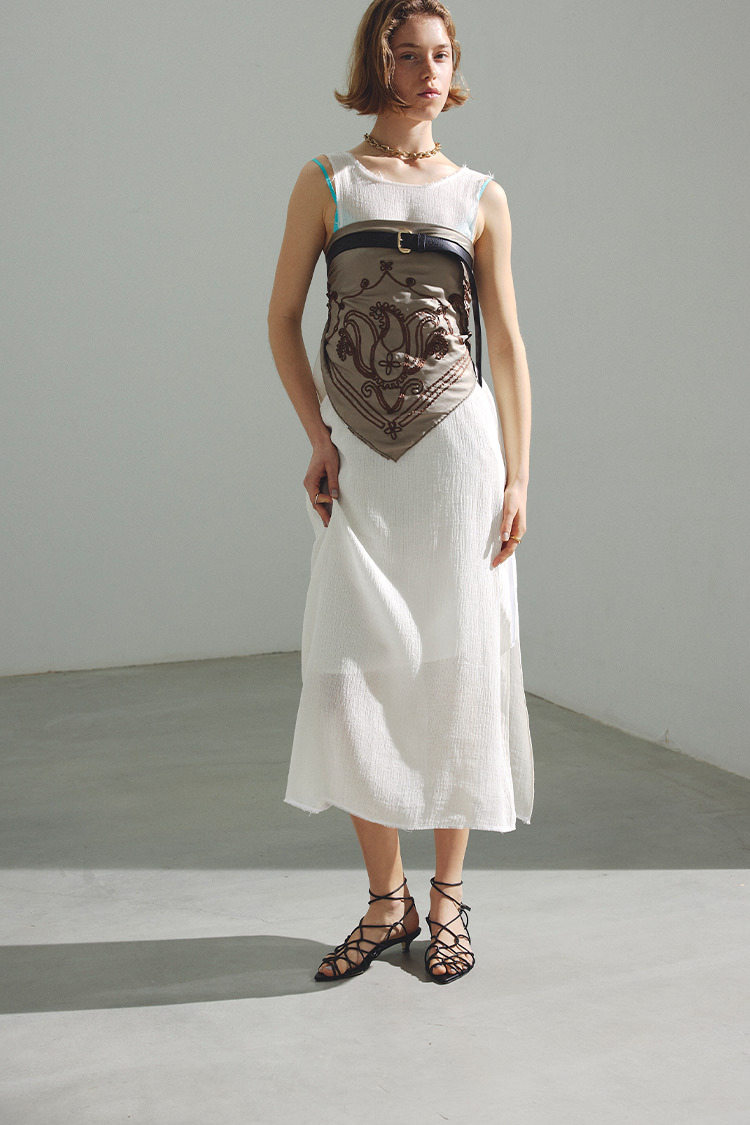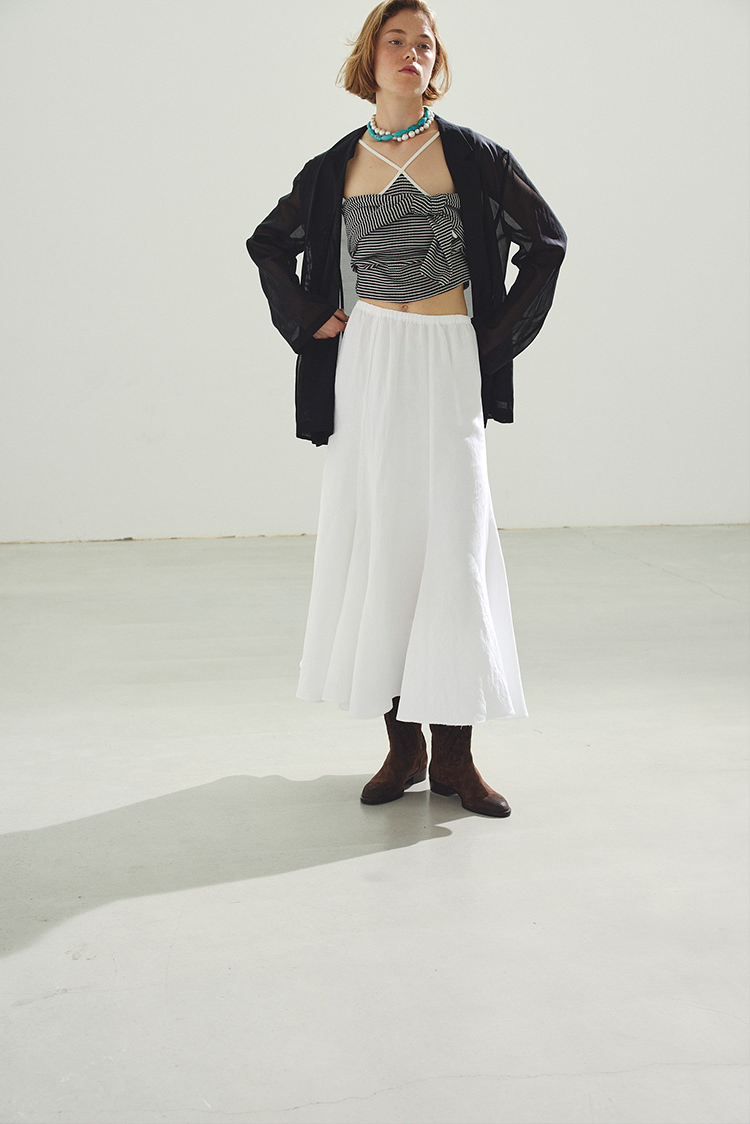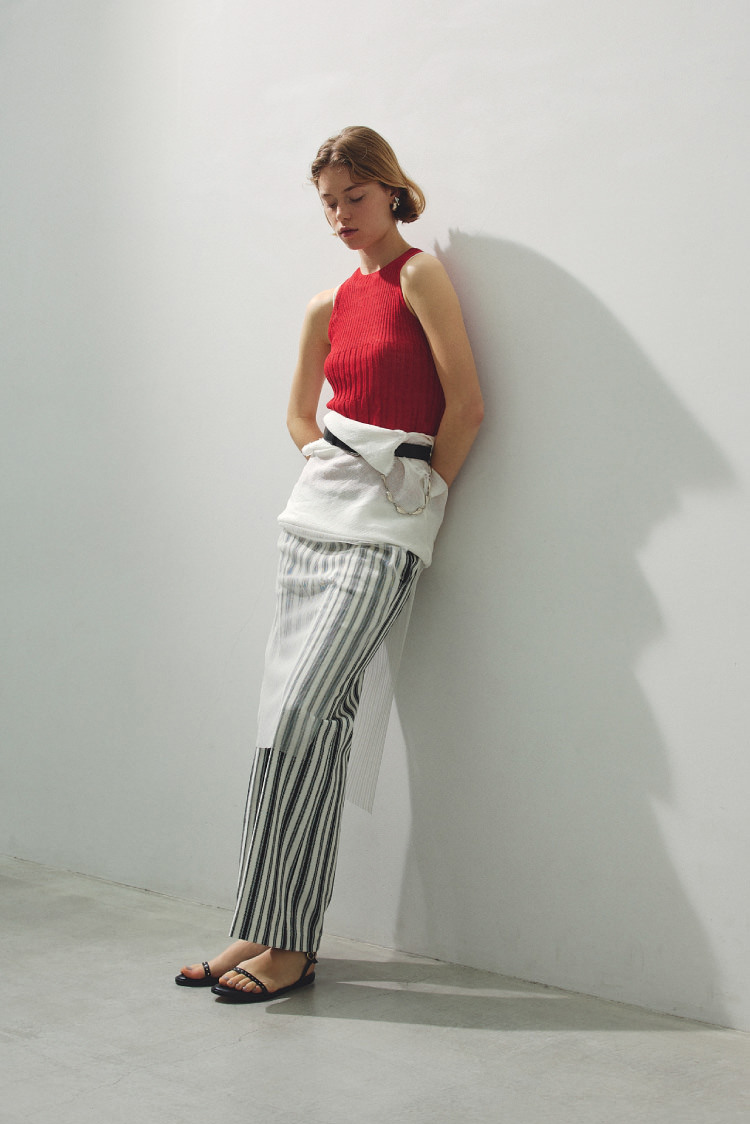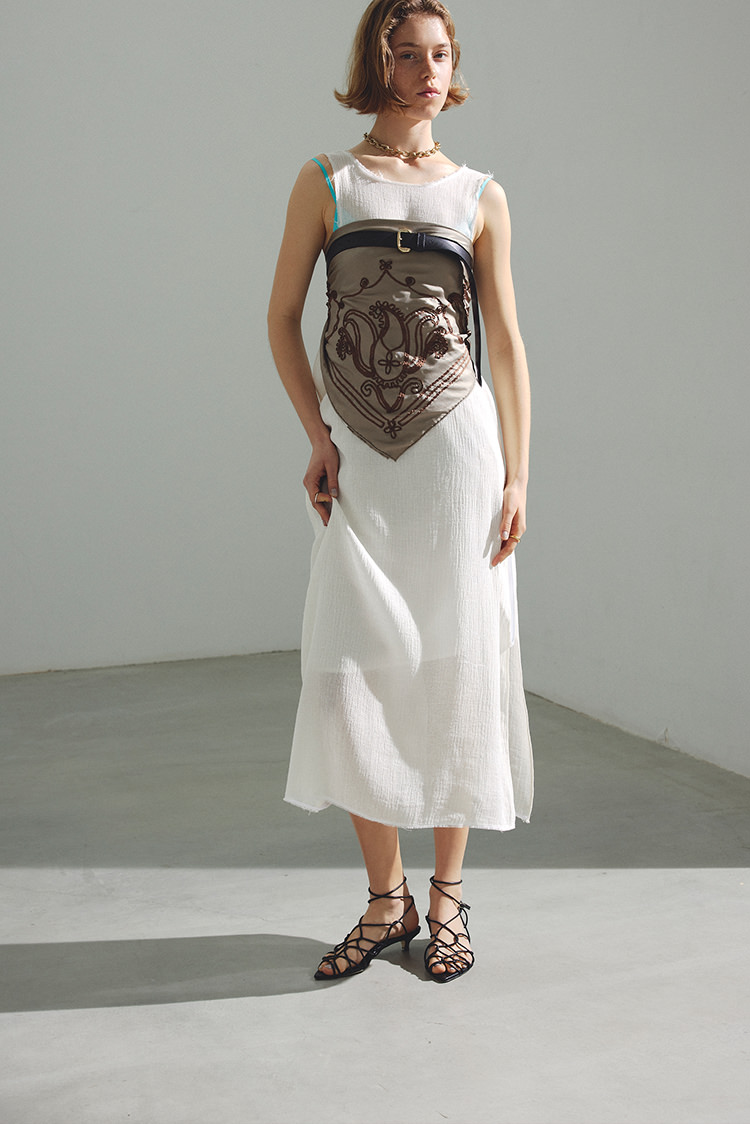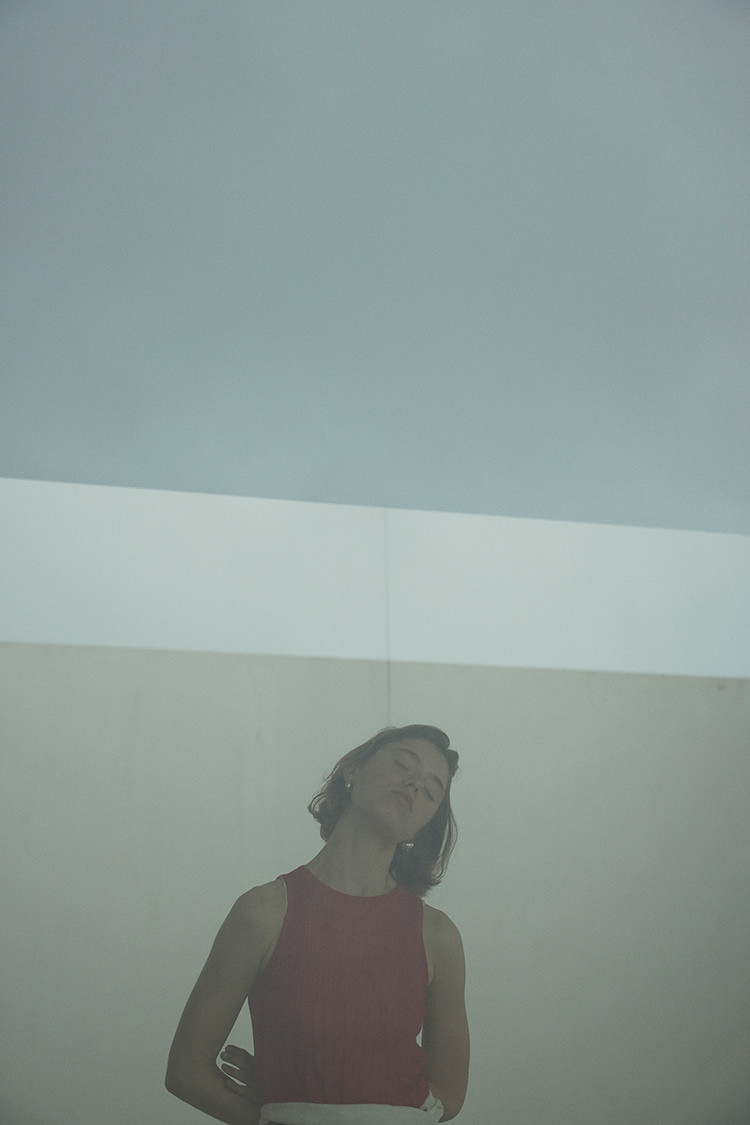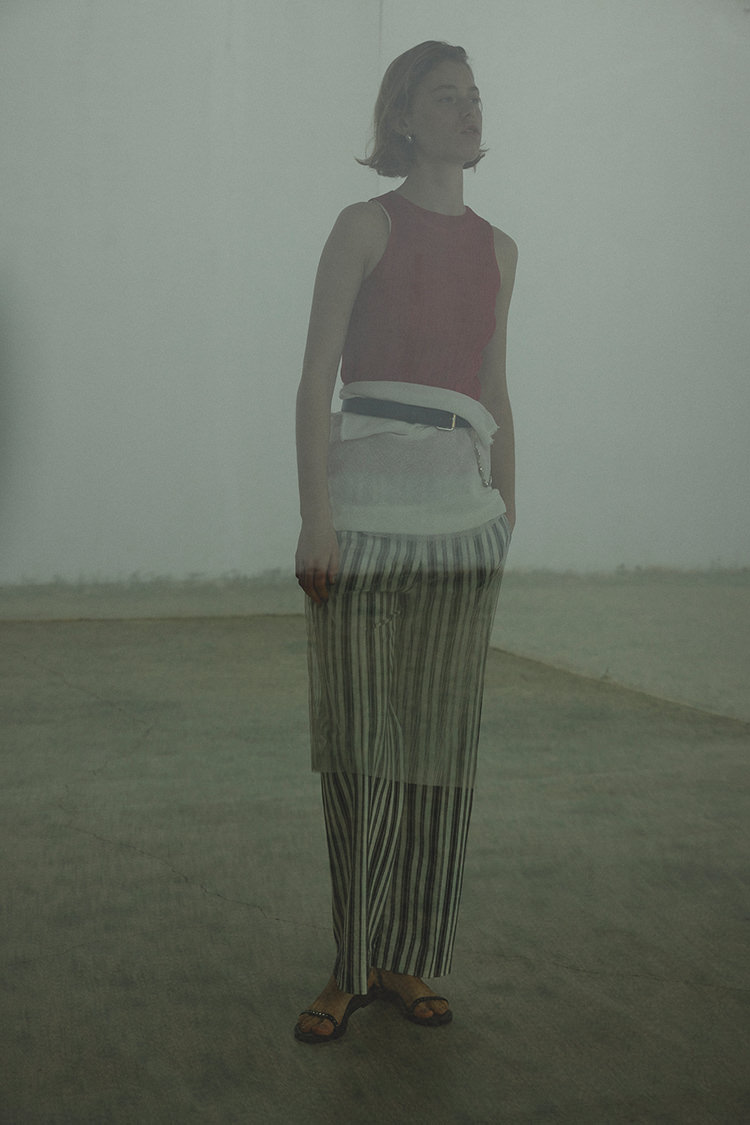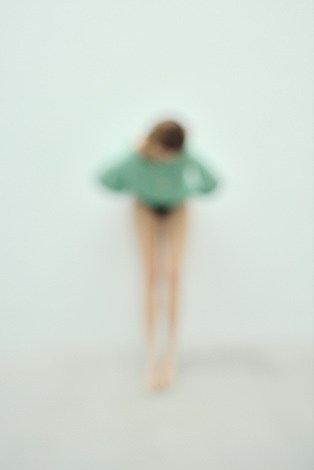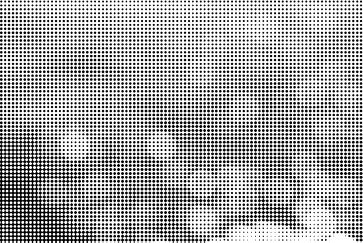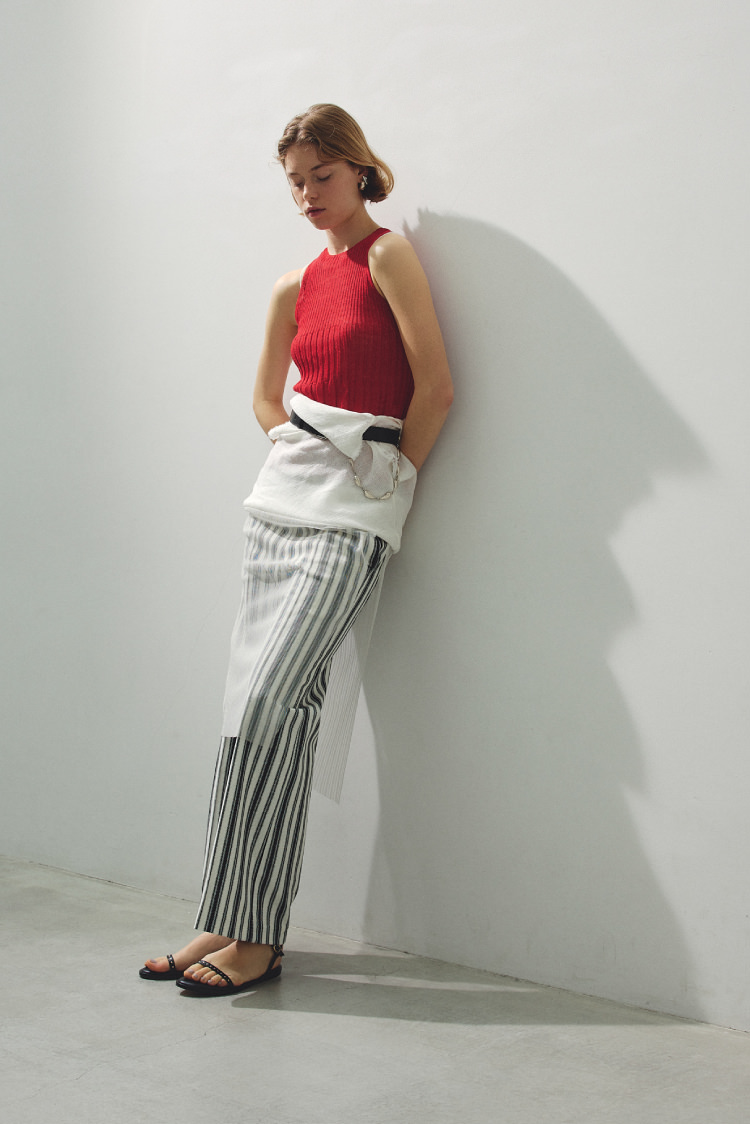

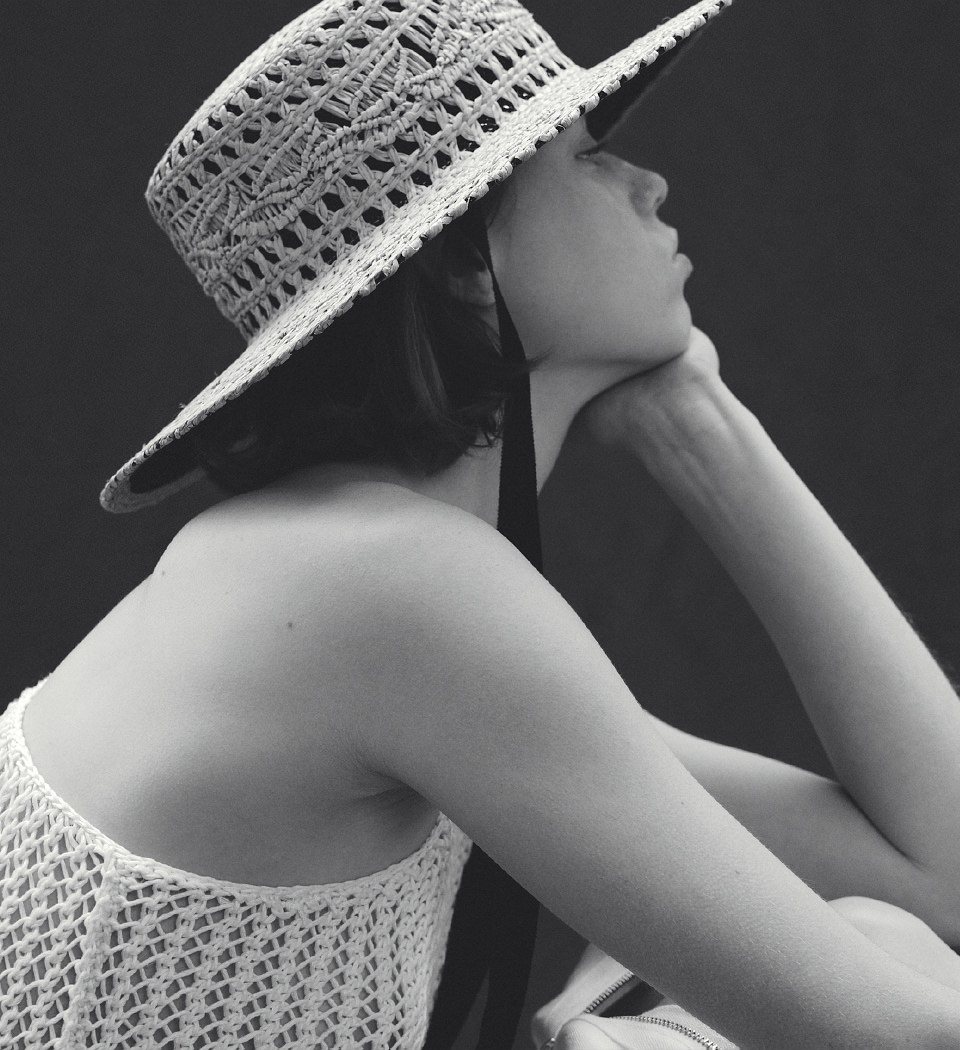
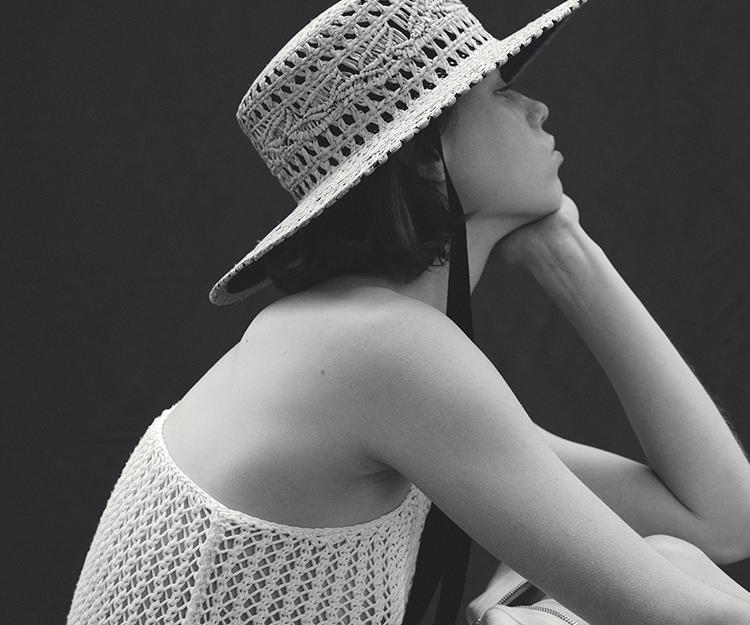

sundial, where the sun
weaves shadows to mark the
passage of time.
In the stillness of the garden,
it stands— a quiet witness to the sky’s
endless turning. Its slender gnomon, like
a delicate finger pointed toward eternity,
catches the sun’s rays, and from its touch,
a shadow blooms, stretching softly across
the dial. This shadow, though mute, speaks
a language older than words—
a language carved in light and silence.
As the sun makes its steady arc across the
heavens, the shadow drifts, never hur-
ried, never still, tracing invisible lines that
measure the day with grace. Each subtle
shift is a moment marked, a reminder that
time does not shout, but breathes.
Long ago, before clocks and calendars
ruled the hours, people stood before these
simple instruments, reading the day's
rhythm from the play of light and form. In
their fleeting silhouettes, they found order,
wonder, and reverence.
Even now, in an age of digital precision,
the sundial remains—steadfast and serene.
It asks us to slow down, to look upward, to
remember that time is not always a num-
ber, but a soft unfolding of shadow upon
stone. A silent poem, written in sunlight,
and carried across the day by the patient
hand of the sky.
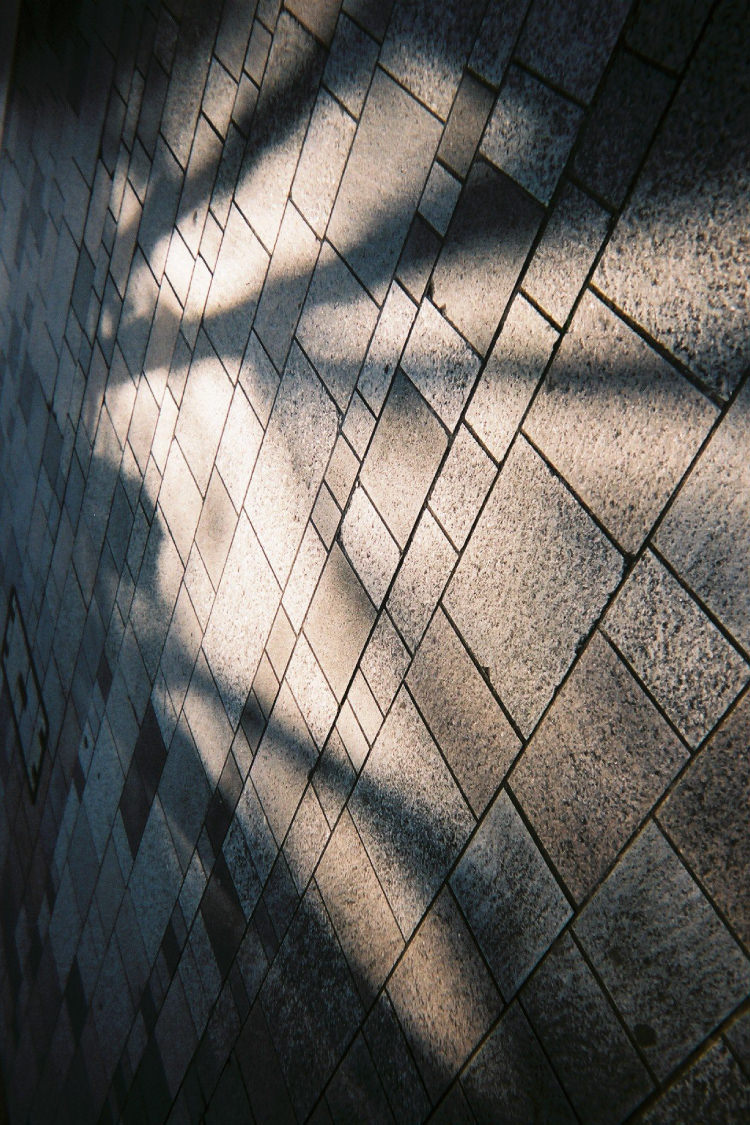
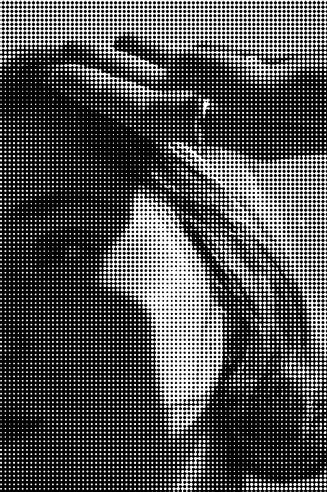



CREDIT
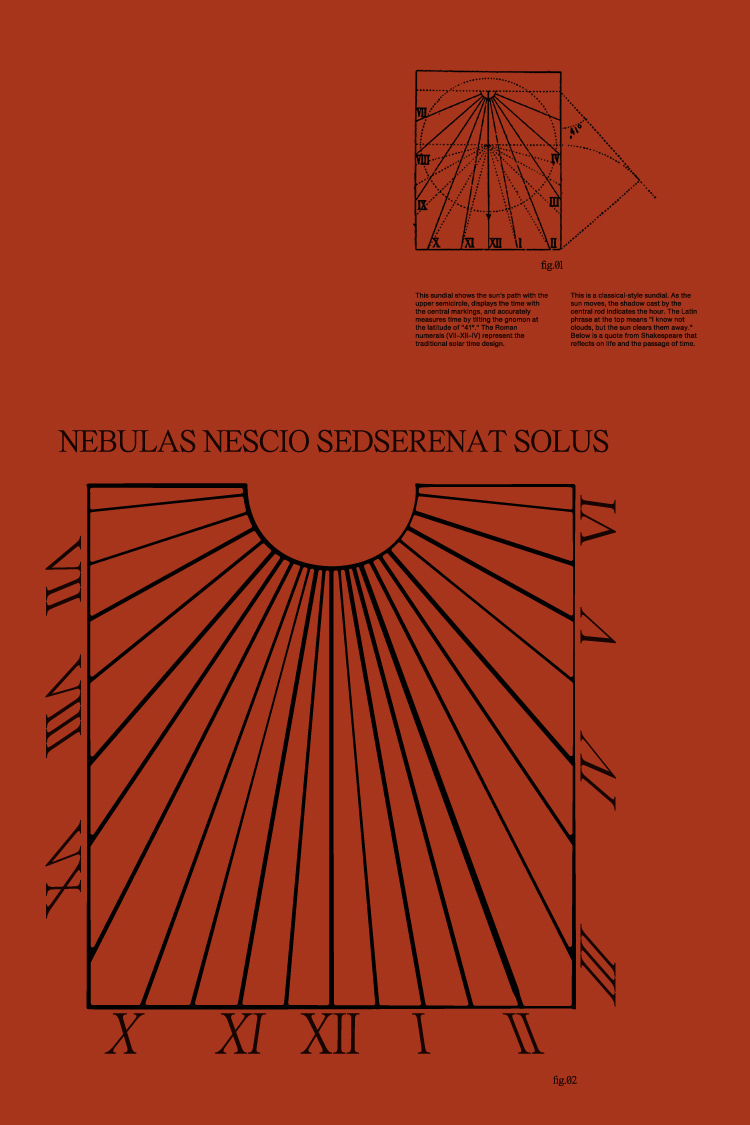

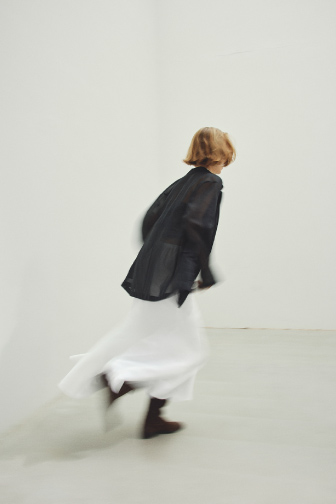
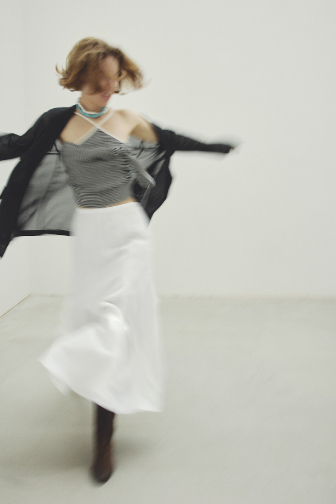
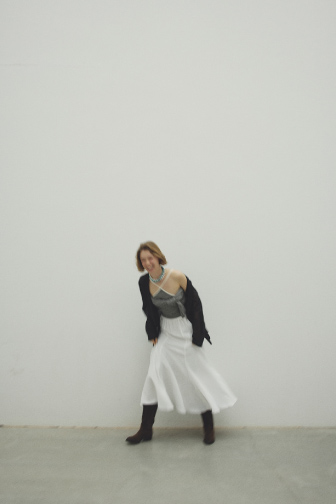
CREDIT

CREDIT


As long as there is light,
the shadow remains.
Every end is a hint of
light to come.




